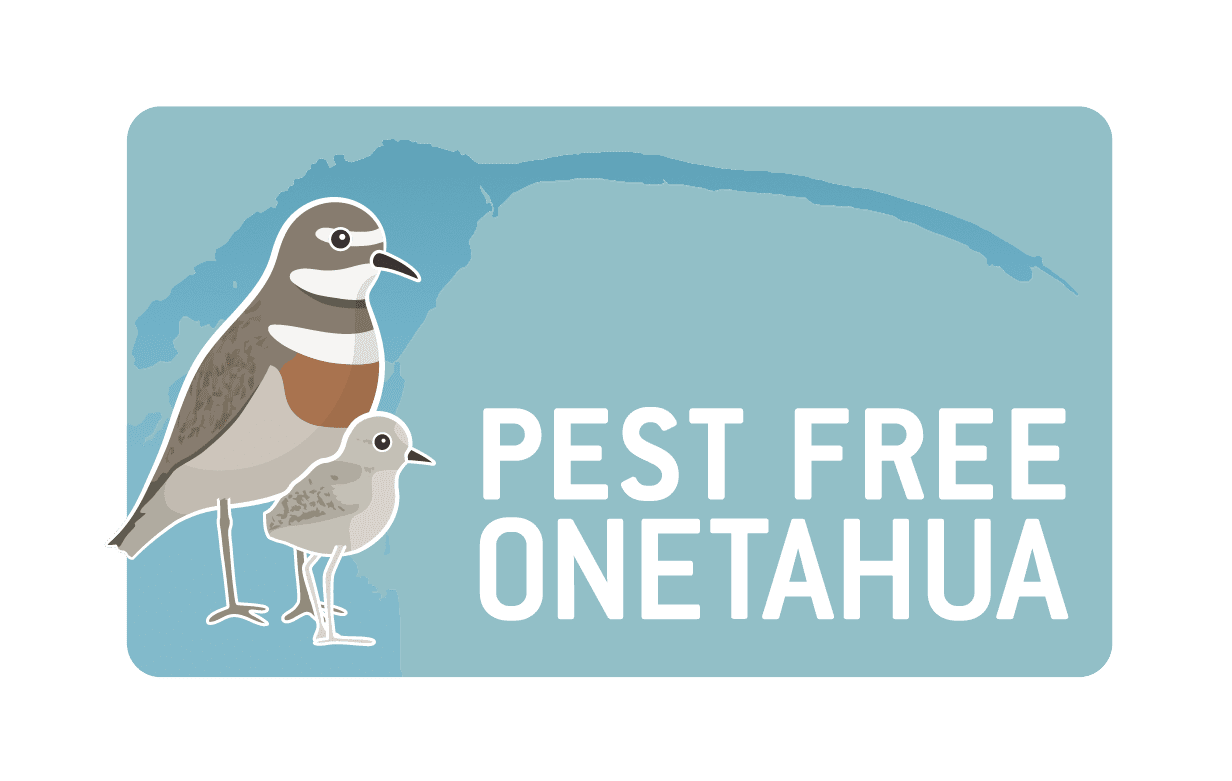
The news that Predator Free 2050 had released $3 million in funding for the Onetahua Restora-tion Project was met with cheers and plenty of hugs.
Onetahua was one of three pest eradication projects that benefited from the newly announced Jobs for Nature funding as part of the Predator Free New Zealand 2050 mission which could see up to 50 jobs created in the Golden Bay Area. A project on the Kaipara Harbour peninsulas re-ceived the news of an initial $2 million while $1.3 million was provided for another on Kawau Is-land in the Hauraki Gulf. The project is a partnership between Tasman Environmental Trust, HealthPost Nature Trust and Manawhenua ki Mohua, each entity bringing unique skills and knowledge to the task.
Stretching from the tip of Farewell Spit to below the Whanganui inlet, the project area will cover some 12,000 hectares of land that is home to thousands of birds. The site is listed as a wetland of international importance for shorebirds under the UN RAMSAR convention, with some 90 species recorded. Peter Butler, chair of HealthPost Nature Trust has seen the effect of predators on bird nesting habits. ‘The gannets have moved right to the tip of the spit’, he says. ‘It’s as far away as they can get from predators. They’re going to start nesting soon, and the feral pigs are already quite close.’
Burrow nesting birds such as petrels and shearwaters are also at risk from the rat, possum and mustelid populations currently inhabiting the spit, but conservationists are hopeful. At 28 kms, and with some challenging terrain, the length of the spit presents difficulties but also opportunities. ’It’s a long way to get down’, says DOC’s Dave Winterburn, ‘but it provides opportunity as anything further down the spit can be protected.’ Spokeswoman Sky Davies underlined the importance of local support. ‘It’s a community led project’, she says. ‘We’re really working to get the wider support of land owners and the community and build the vision for this project from the ground up. We want to see abundant bird life out here. We want to create a safe place for birds to live, breed and to really thrive.’ Currently undergoing a feasibility study, the project is due to progress into the operational phase in mid 2022
